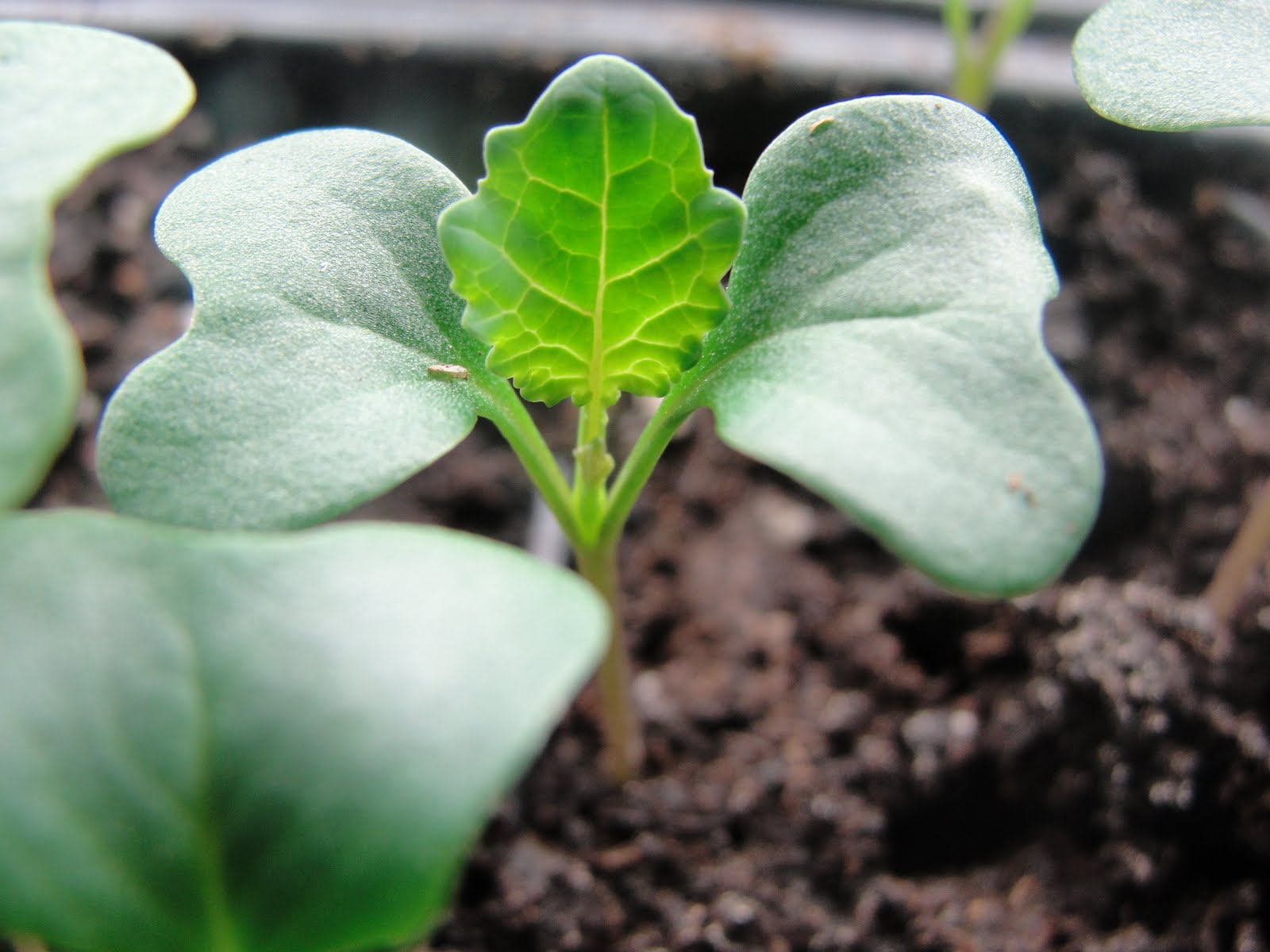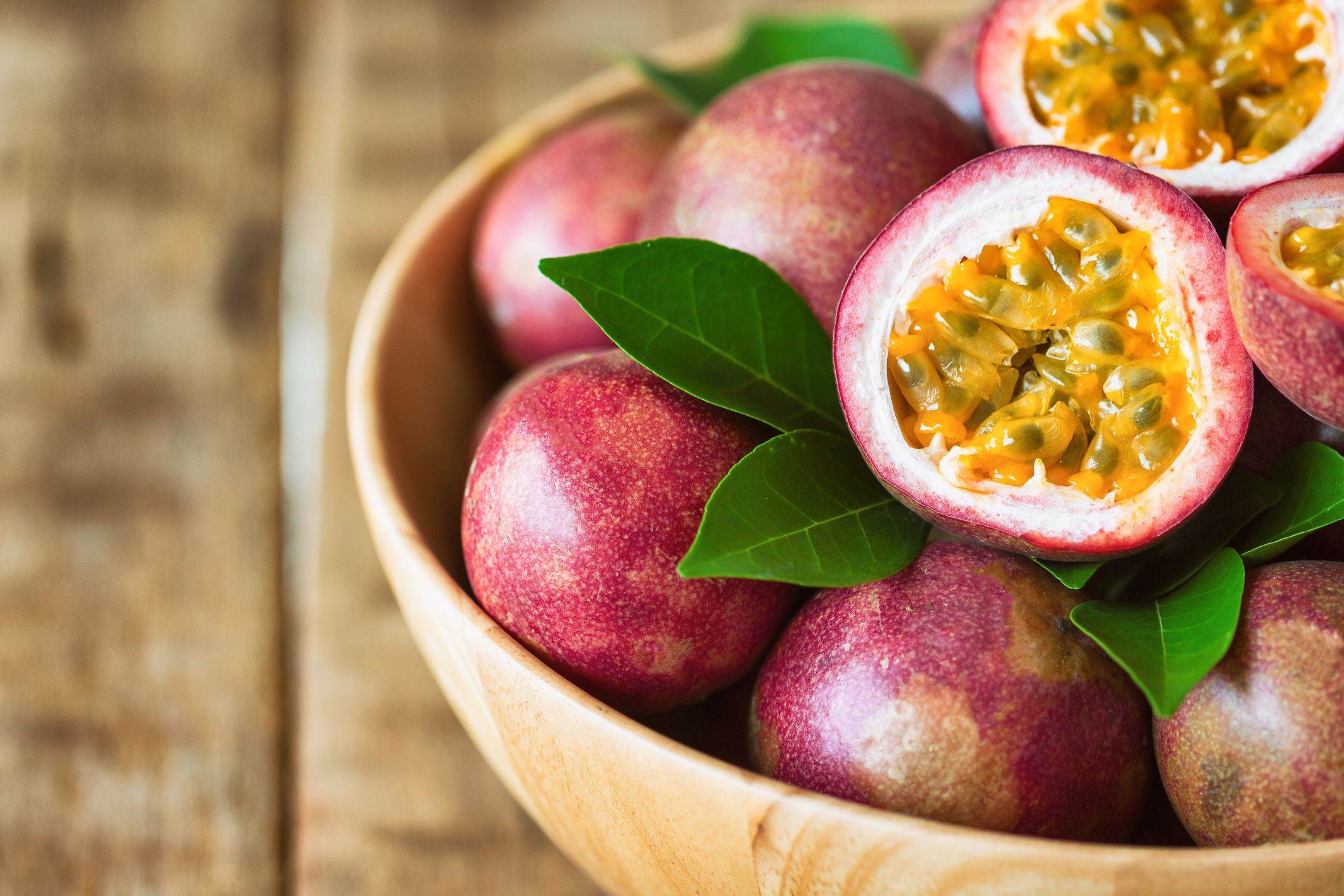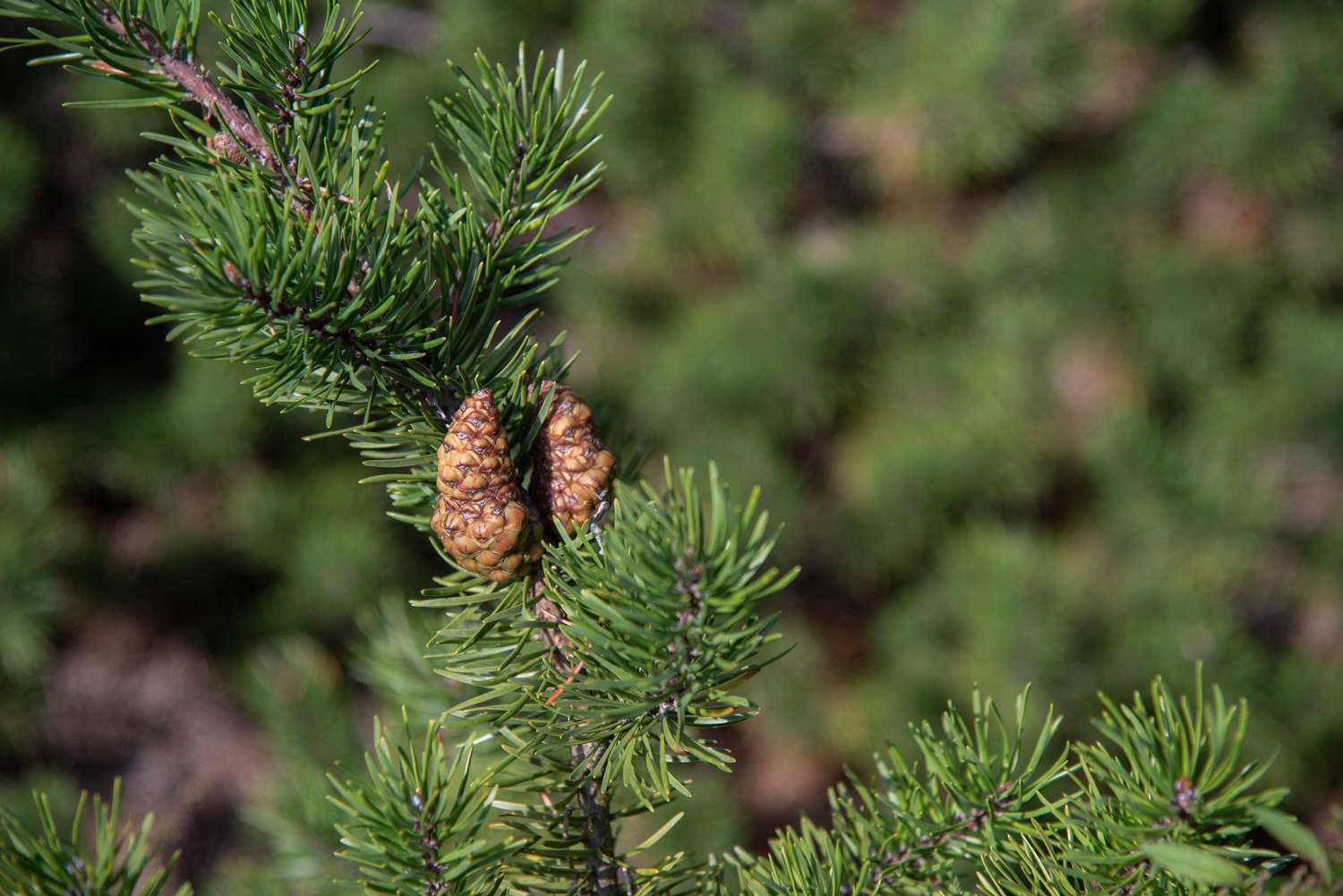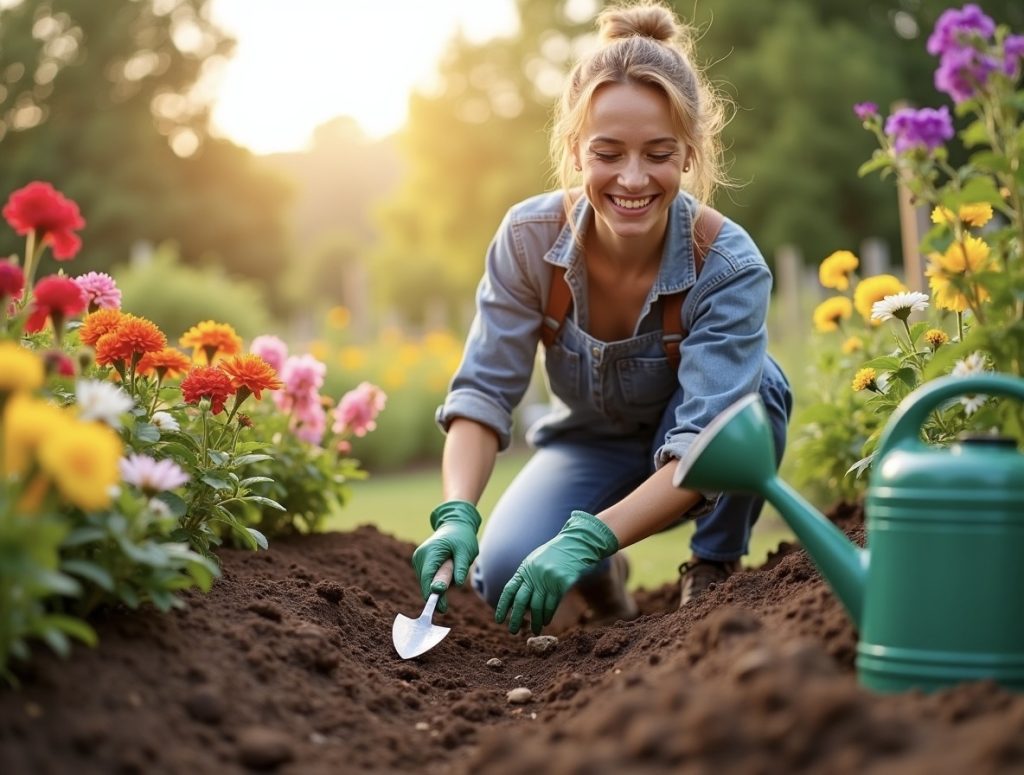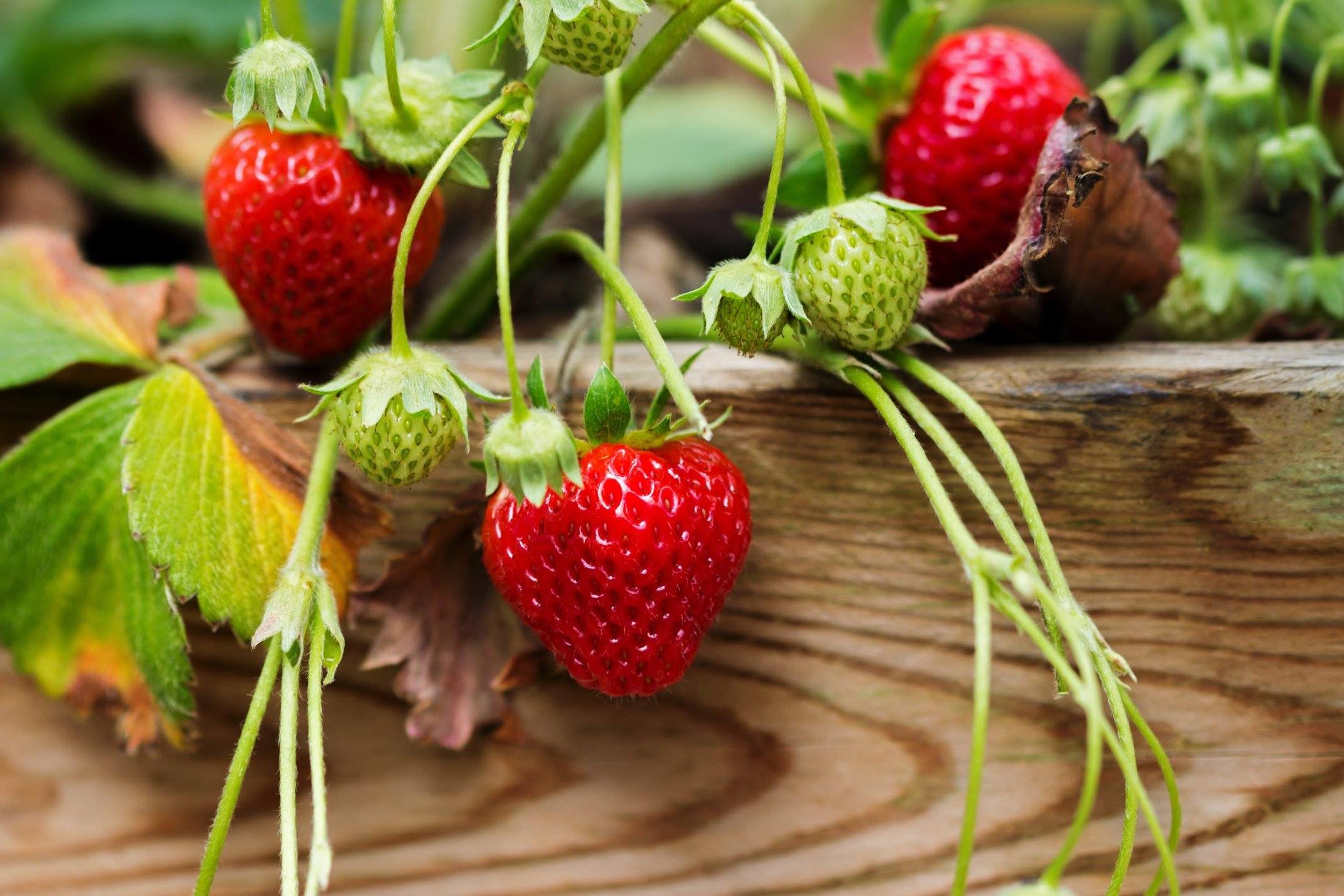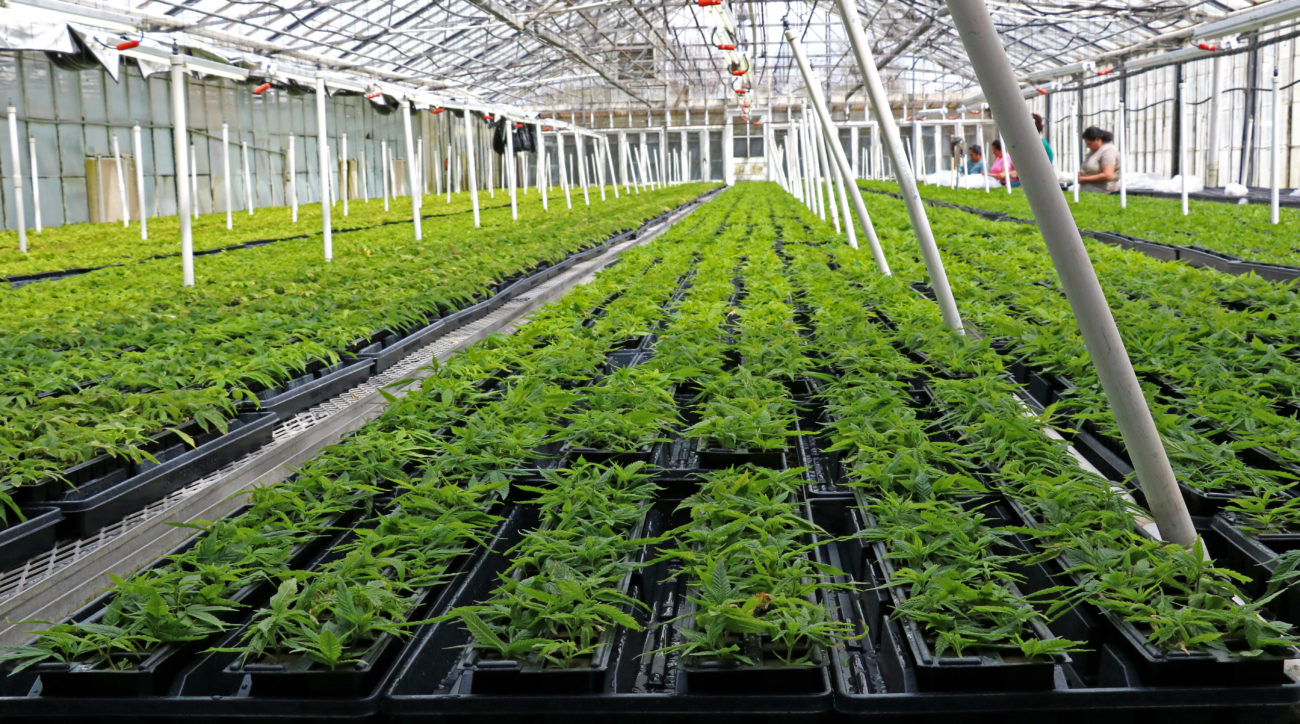Home>Gardening Techniques>Plant Care>How To Grow Herbs From Seed


Plant Care
How To Grow Herbs From Seed
Modified: January 22, 2024
Learn how to grow herbs from seed with expert plant care tips. Start your own herb garden and enjoy fresh, flavorful herbs at home.
(Many of the links in this article redirect to a specific reviewed product. Your purchase of these products through affiliate links helps to generate commission for Chicagolandgardening.com, at no extra cost. Learn more)
Table of Contents
Introduction
Welcome to the world of herb gardening! Growing herbs from seeds is a fulfilling and rewarding experience that allows you to cultivate your own fresh and flavorful ingredients right at home. Whether you have a spacious garden or just a small balcony, growing herbs from seed is a great way to bring nature closer and add a touch of freshness to your everyday meals.
Unlike buying pre-grown herbs from a nursery, starting from seed allows you to have more control over the quality, variety, and growth of your plants. Plus, it’s a cost-effective option that opens up limitless possibilities for experimenting with different herb varieties.
Before you get your hands dirty, it’s important to understand the basics of herb gardening. This comprehensive guide will walk you through the entire process, from selecting the right seeds to harvesting your bountiful herb garden.
So, let’s roll up our sleeves, grab our gardening tools, and dive into the fascinating world of growing herbs from seeds!
Choosing the Right Seeds
When it comes to herb gardening, selecting the right seeds is crucial for a successful harvest. With so many varieties available, it’s important to consider factors such as your climate, available space, and personal preferences. Here are some key points to keep in mind when choosing herb seeds:
- Climate suitability: Different herbs thrive in different climates. Before selecting seeds, research the specific needs of each herb and ensure they are suitable for your climate. Some herbs, like basil or parsley, prefer warmer temperatures, while others, like thyme or rosemary, can withstand colder conditions.
- Space availability: Consider the space you have available for your herb garden. If you have limited space, opt for smaller herbs that can be grown in containers or vertical gardens. If you have more room, you can experiment with larger herbs that require more space to spread out.
- Preferred usage: Think about how you intend to use your herbs. If you’re planning to use them primarily for culinary purposes, focus on popular culinary herbs like basil, parsley, cilantro, and dill. If you’re interested in herbal remedies or teas, consider herbs like chamomile, lavender, and mint.
- Growing difficulty: Some herbs are easier to grow from seed than others. If you’re a beginner, start with herbs that are known to be more forgiving, such as basil, chives, or oregano. As you gain more experience and confidence, you can gradually try your hand at growing more challenging herbs.
Additionally, consider purchasing organic seeds whenever possible. Organic seeds are free from chemical treatments and provide a healthier option for both you and the environment.
Once you’ve narrowed down your choices, you can either buy seeds from reputable nurseries, garden centers, or online retailers. It’s always a good idea to read customer reviews and check for any specific instructions or details about the seeds you’re interested in.
Now that you’ve selected the perfect seeds for your herb garden, let’s move on to the next step – preparing the growing environment!
Preparing the Growing Environment
Creating the ideal growing environment for your herb seeds is crucial for their successful germination and growth. By providing the right conditions, you can help your herbs thrive and produce abundant foliage. Here are some important steps to take when preparing the growing environment:
- Choose the right location: Herbs generally require at least 6-8 hours of direct sunlight each day. Choose a location that receives ample sunlight, such as a south-facing window or a spot in your garden that gets plenty of sunlight. If you’re growing herbs indoors, you can also consider using supplemental grow lights to provide adequate light.
- Prepare the soil: Herbs prefer well-draining soil that is rich in organic matter. Before planting, prepare the soil by removing any weeds or debris and loosening it with a garden fork or tiller. Consider adding organic compost or aged manure to enrich the soil and improve its fertility.
- Provide proper drainage: Good drainage is essential to prevent waterlogged soil, which can lead to root rot. If you’re growing herbs in containers, ensure that they have drainage holes in the bottom. If you’re planting directly in the ground, make sure the soil has sufficient drainage or create raised beds to improve drainage.
- Consider companion planting: Some herbs benefit from being planted alongside certain vegetables or other herbs. Companion planting can help deter pests, improve pollination, and enhance the overall growth of your herbs. For example, planting basil near tomatoes can repel pests and improve the flavor of the tomatoes.
It’s also important to keep in mind the temperature requirements of your chosen herbs. Some herbs, like basil and cilantro, prefer warmer temperatures, while others, like parsley and dill, can tolerate cooler conditions. If you’re growing herbs indoors, make sure to keep them away from drafts and extreme temperature fluctuations.
Before planting your seeds, water the soil to ensure it is moist but not waterlogged. This will provide the ideal environment for germination. Once your herbs have sprouted, be sure to water them consistently to keep the soil evenly moist. Avoid overwatering, as this can lead to root rot.
Now that you’ve set the stage for your herb garden, it’s time to move on to the exciting part – planting the seeds!
Planting the Seeds
Planting the seeds is a crucial step in the herb gardening process as it sets the foundation for the growth and development of your herbs. Follow these steps to ensure successful germination and healthy seedlings:
- Read the seed packets: Before planting, carefully read the information provided on the seed packets. This will give you important details such as the recommended planting depth, spacing, and any specific requirements for each herb. Follow these instructions closely to give your seeds the best chance of success.
- Prepare the soil: If you’re planting in containers, fill them with a high-quality, well-draining potting mix. If you’re planting directly in the ground, make sure the soil is properly prepared as mentioned in the earlier section. Smooth the soil surface gently with a rake to create a flat planting area.
- Sow the seeds: Using your finger or a small garden tool, create small holes in the soil at the recommended depth for each herb. Drop the seeds into the holes, following the recommended spacing between each seed. Cover the seeds with soil and gently press it down to ensure good seed-to-soil contact.
- Water gently: After planting, water the seeds gently using a watering can or a misting spray. Avoid using a heavy spray or watering too forcefully, as this can dislodge the seeds or wash them away. Keep the soil moist but not soaking wet during the germination period.
- Provide proper labels: To keep track of your herbs, label each row or container with the name of the herb and the date of planting. This will help you identify the herbs as they sprout and monitor their growth and progress.
It’s important to note that some herb seeds may require stratification before planting, which is a process of exposing the seeds to cold temperatures to break their dormancy. Check the seed packets or do some research on specific herb requirements to determine if your seeds need stratification prior to planting.
Once you’ve planted the seeds, be patient and wait for them to germinate. This process can take anywhere from a few days to a couple of weeks, depending on the herb variety. Keep the soil consistently moist but avoid overwatering, as this can lead to fungal diseases.
With the seeds planted and awaiting germination, it’s time to move on to the next section – providing proper care and maintenance for your growing herbs!
Providing Proper Care and Maintenance
After planting the seeds and seeing your herb garden sprout to life, it’s important to provide the proper care and maintenance to ensure healthy growth and vibrant foliage. Here are some essential steps to follow:
- Watering: Herbs generally prefer soil that is consistently moist but not waterlogged. Water your herbs whenever the top inch of soil feels dry to the touch. Be mindful of the specific water needs of different herbs and adjust accordingly. Remember, it’s better to underwater than overwater.
- Fertilizing: Most herbs are not heavy feeders and can thrive in soil that is moderately fertile. However, you can supplement their growth by applying a balanced organic fertilizer once every 4-6 weeks. Follow the instructions on the fertilizer packaging and avoid over-fertilizing, as this can lead to excessive leaf growth and reduced flavor.
- Pruning: Regular pruning helps promote bushier growth, prevent leggy stems, and encourage the production of more flavorful leaves. When your herbs have reached a height of 4-6 inches, pinch or trim the top 1/3 of the plant to encourage branching. You can also prune away any damaged or yellowing leaves to maintain a tidy appearance.
- Weeding: Keep an eye out for weeds that can compete with your herbs for nutrients and water. Regularly inspect your herb garden and remove any unwanted weeds by hand or with the help of small garden tools. Taking the time to weed regularly will ensure that your herbs have room to grow and thrive.
- Protection from pests: Monitor your herbs for any signs of pest infestation, such as chewed leaves or small insects. Some common pests that can affect herbs include aphids, spider mites, and whiteflies. Use organic pest control methods, such as insecticidal soap or neem oil, to protect your herbs without harming beneficial insects.
It’s also important to consider the specific care needs of each herb. Some herbs, like basil and cilantro, prefer warmer temperatures and may need protection from cold drafts or frost. Others, like rosemary and thyme, are more drought-tolerant and require less frequent watering.
Throughout the growing season, keep an eye on your herbs and monitor their growth. Prune as needed, remove any yellowing or diseased leaves, and adjust watering and fertilizing routines based on the health and appearance of your plants.
By providing proper care and maintenance, you’ll encourage strong growth, vibrant foliage, and a bountiful harvest from your herb garden. Now, let’s move on to the final section – harvesting the herbs!
Harvesting the Herbs
Harvesting is a rewarding and satisfying part of growing herbs. It allows you to enjoy the fruits of your labor and adds fresh flavors to your meals, teas, and herbal remedies. Here are some guidelines for harvesting your herbs:
- Timing: The timing of harvest varies depending on the herb and the part you intend to harvest. For leafy herbs like basil, cilantro, and parsley, you can begin harvesting once the plants have reached a reasonable size and have enough foliage to spare. For herbs with flowers, like chamomile or lavender, harvest when the flowers are fully open but before they start to wilt.
- Method of harvesting: When harvesting leafy herbs, you can either pick individual leaves or trim whole stems. Pinch off the leaves or cut the stems just above a leaf node to encourage branching and new growth. For herbs with woody stems, such as rosemary or thyme, use sharp scissors or pruning shears to make clean cuts.
- Harvesting flowers and seeds: If you’re growing herbs for their flowers or seeds, wait until the flowers are fully open before harvesting. For flowers, cut the stems just above a leaf node or remove individual blossoms. For seeds, allow the seed heads to dry on the plant, then collect and store them in a cool, dry place until ready for use.
- Harvesting tips: To maximize the flavor and potency of your harvested herbs, consider harvesting in the morning after the dew has dried but before the heat of the day. This is when the essential oils are at their peak. Avoid harvesting herbs after rainfall, as moisture can dilute their flavors and increase the risk of spoilage.
It’s important to note that harvesting herbs regularly promotes bushier growth and ensures a continuous supply of fresh leaves. However, be mindful not to overharvest, as this can weaken the plant and inhibit its ability to re-grow. Leave at least one-third of the plant intact when harvesting.
Once you’ve harvested your herbs, you can use them immediately in various applications or store them for future use. Wash the herbs gently to remove any dirt or impurities, then pat them dry or use a salad spinner to remove excess moisture. Depending on the herb, you can store them in airtight containers, dried or frozen, or even make herbal infusions or extracts.
Enjoy the flavors and benefits of your freshly harvested herbs in culinary creations, teas, herbal remedies, or as aromatic additions to your home. And remember, the more you harvest, the more your herbs will grow and thrive!
Conclusion
Growing herbs from seeds is an incredibly rewarding and enjoyable experience. By choosing the right seeds, preparing the growing environment, planting with care, providing proper maintenance, and harvesting at the right time, you can create a flourishing herb garden that will bring fresh flavors and vibrant aromas to your home.
Remember, each herb has its own unique set of requirements, so it’s important to do your research and understand the specific needs of the herbs you’re growing. Pay attention to factors such as sunlight, water, soil, and temperature to ensure optimal growth and health.
Throughout the process, enjoy the journey of caring for your herbs. Nurturing tiny seeds to flourishing plants can be a fulfilling and rewarding experience. Take the time to connect with nature, observe the growth of your herbs, and appreciate the bountiful harvests that await you.
So, whether you’re growing herbs in a small balcony, a sunny windowsill, or a spacious garden, follow these guidelines and unleash your green thumb. Experiment with different herb varieties, savor the freshness of homegrown ingredients, and embrace the joy of nurturing and harvesting your own herbs.
Start your herb garden today and experience the wonders of growing herbs from seeds – a journey that will both delight your senses and nourish your soul.

